|
January Article
|
Happy New Year!
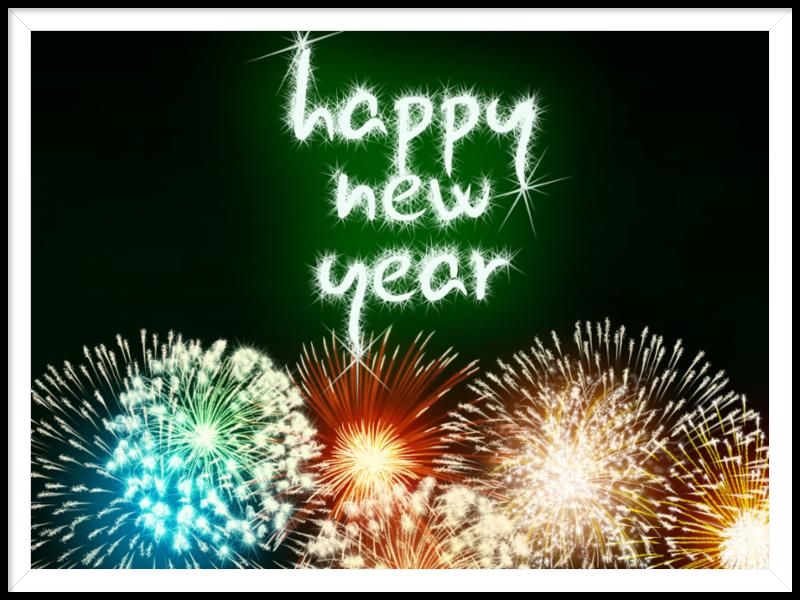 Here at Natural Shore, we are really looking forward to an amazing 2019. In the midst of the holiday season, we take a few moments to reflect on the past year and think about how we can give back and be exceptional stewards of the environment. How can we do things a bit differently to curb climate change, support biodegradable products, and improve our natural habitats? Here are a few changes we are looking towards implementing in 2019.
Besides being really noisy and smoky, gas weed whips
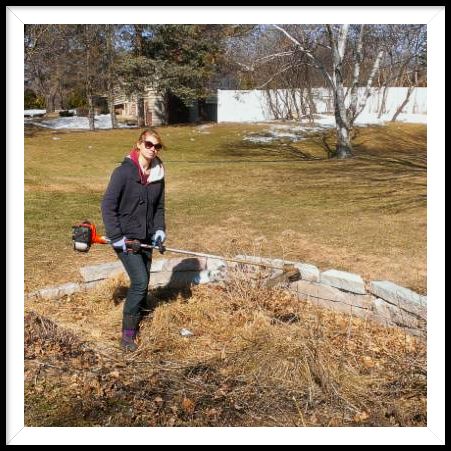 and leaf blowers produce carbon emissions.
They are critical tools for both our installation and maintenance crews since they
use them
almost every day during the growing season
. These implements are driven by small two-cycle engines which happen to be quite inefficient. We are taking the plunge this year and
switching over to electric weed whips and blowers, along with using bio-degradable weed whip
and leaf blowers produce carbon emissions.
They are critical tools for both our installation and maintenance crews since they
use them
almost every day during the growing season
. These implements are driven by small two-cycle engines which happen to be quite inefficient. We are taking the plunge this year and
switching over to electric weed whips and blowers, along with using bio-degradable weed whip
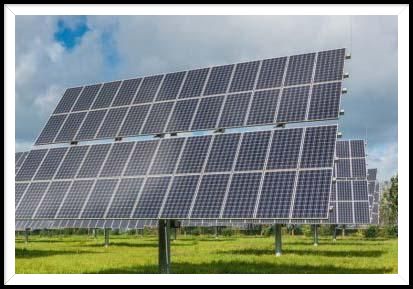 string. We're researching
string. We're researching
options on how to power
these tools with electricity from solar panels. In the next couple of years, our goal is to have solar power supplement our greenhouses and run our weed whips and blowers.
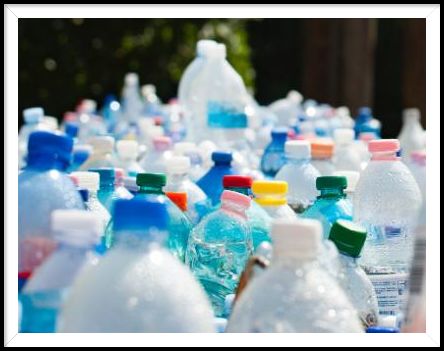 The amount of plastic that is ending up in our lakes, rivers, and eventually into our oceans is staggering. We want to do our part in reducing plastic consumption. Recycling may make us feel better, but this system is inefficient and we need to do more. We just conducted an inventory of where we use the most plastics and are looking into alternatives. Although it's really handy, we are going to resist the purchase of plastic bottles, whether it be for water or energy drinks. We will buy foods that are free of packaging or placed in biodegradable wraps.
We already reuse most of our plastic plant pots in
 our installations, but we will also be implementing a return program for customers who buy from our nurseries. Instead of throwing those pots away, they can be returned to us to
reuse. Can you think of any other ways we can reduce our plastic consumption? Are there strategies you have used in your office or home to reduce your plastic use? Please let us know and we will share your ideas!
our installations, but we will also be implementing a return program for customers who buy from our nurseries. Instead of throwing those pots away, they can be returned to us to
reuse. Can you think of any other ways we can reduce our plastic consumption? Are there strategies you have used in your office or home to reduce your plastic use? Please let us know and we will share your ideas!
We have never or will never use pesticides in our greenhouses, so no need to worry about neonicotinoids or
other pesticides when planting our native plants.
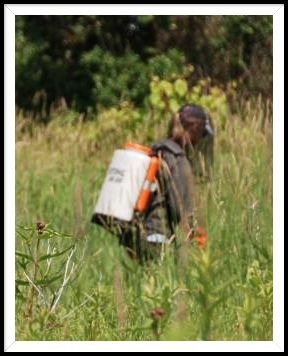 Each year, we make a conscious effort to reduce our herbicide use in our restoration sites. While we are of the opinion that careful and thoughtful use of herbicides is a necessary tool in our restoration toolbox, alternatives should always be considered. We are committed this upcoming season to again look for more sites where we can reduce or eliminate herbicide use.
Reducing paper consumption and looking for
environmentally responsible sources is on our list this year. When we can, we will send more emails and produce less hard copy correspondence. We will also use cleaning and bathroom paper that come from recycled sources.

We donated to the Sierra Club, the Nature Conservancy, and the Minnesota Land Trust this last holiday season to help off-put some of our carbon emissions and to support natural areas preservation. We want to do this in honor of our clients who share the same beliefs. These organizations do great things locally, nationally, and internationally.
What are your environmentally friendly resolutions for

2019? Do you have more ideas for us? Feel free to share your ideas on our
Facebook,
Instagram, or
Twitter. And follow us as we update our progress on our resolutions! We will get the word out on how we all can make 2019 an exceptional year in conservation!
|
|
Native Plant of the Month
|
Woolgrass 
Scirpus cyperinus
Moisture: Wet or Moist
Exposure: Full Sun
Color: Green
Blooms: August- October
Height: 3-5 Feet
Woolgrass is an interesting looking shoreline plant that we love to install on our projects because of its deep root systems that help stabilize the soil and prevent erosion issues. It has a long green stem that ends with a tuft grouping of greenish brown flowers that turn darker brown and wool-like as the season progresses. They have long green leaf-blades and stay in tight clumps. It lives along shorelines, ponds, and wetlands and can tolerate living in shallow water. It is an important plant for wildlife as well. Insects, birds (ducks, swans, geese), and muskrats eat the leaves and flower parts. Birds and other wildlife also use woolgrass for nesting habitat.
|
|
Invasive Plant of the Month
|
White Poplar 
Populus alba
Exposure: Full Sun or Partial Shade
Blooms: April- May
Height: 40-80 Feet
White Poplar is an invasive tree species from Europe that is easily identified by the powdery white underside of its leaves. The top of their leaves are a shiny dark green color. Part of its invasive nature is how fast it grows, but it is a short-lived tree with weak wood that breaks off during storms or from heavy snowfalls. It suckers very quickly from the base of the parent tree. Management strategies include cutting and treating larger trees and continual mowing of younger saplings.
|
Eight-spotted Forester
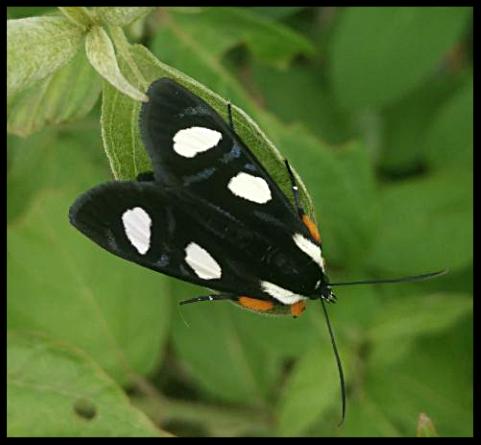
Alypia octomaculata
Range: Eastern half of US
Habitat
: Woodland edges or open areas with blooming flowers.
Identification
: Dark black wings, antennae, body, and legs with big white or yellow spots on the back of their wings and smaller, orange hairy spots on their legs.
Pollination
:
The Eight-spotted Forester is a moth that flies during the day, visiting native plants for nectar. Some of the plants they visit include goldenrod species, vervain species, coneflower species, black-eyed Susan, and other flowering native plants!
|
|
|
Our retail nursery is closed. We will be posting our 2019 sale dates soon!
Our retail nursery address is:
1480 County Rd. 90 Independence MN 55359
Click and visit our website for current
|
|
Winter Interest!
Plant these flowers to have interesting features in the garden come winter! Make sure you don't cut them down in the fall!
1. Little Bluestem
Schizachyrium scoparium
2. Pale Purple Coneflower
Echinacea pallida
3. Mountain Mint
Pycnanthemum virginianum
4. American Highbush Cranberry
Viburnum opulus var. americanum
5. Canada Wild Rye
Elymus canadensis
Want to learn more about these native plants? Click Here to visit our website!
|
|
Mystery Plant of the Month!
|
|
Test your plant ID skills!
Can you identify this native plant that bees love?

Here's a hint, it lives right next to the lakeshore!
|
|
 |
|